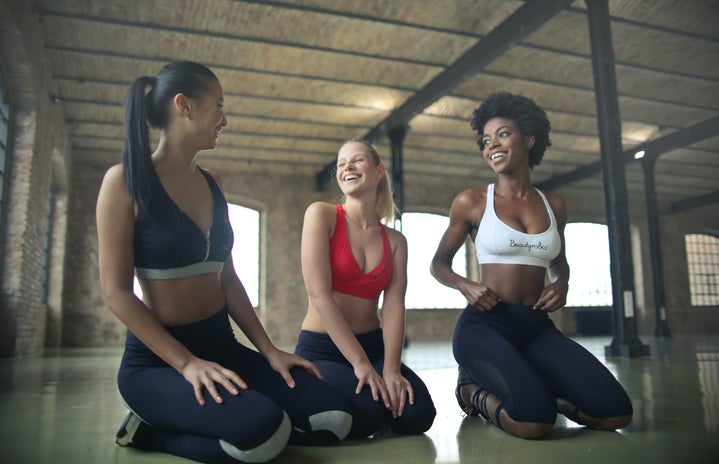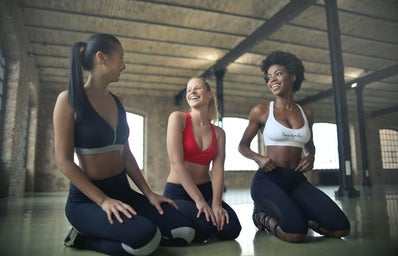When scrolling through Instagram, it seems nearly impossible to avoid the glowing perfection of the fitness realm. Fit, active women post stories and photos from their workouts on the daily while some of us struggle to find time to sit down for dinner. What does it mean for viewers when there’s a constant group of others who seem to be doing the ‘right’ thing every day?
That’s the idea that Anita Harman and Lisette Burrows explore in their recent paper “Leaning in while sticking out: Fat, Exercise, and Guilt.” They interviewed 14 women and examined more online discourse from women to explore how guilt is constantly intertwined with their fitness.
“Specifically, we turn the spotlight on the guilt that manifests in this disjuncture and operates in relation to fitness, body aesthetics, and health.”
For many, exercise is uncomfortable. Not physically, but due to the out-of-place nature that can come with the moves and motions of what is often unfamiliar territory. Whether due to outside pressure or internal fear, it’s common for women to want to limit the attention on their bodies; But exercise requires and welcomes the opposite: a focus on one’s body.
Often times, not exercising is linked with feeling guilty because exercise is seen as the right thing to do whether for personal health or in an attempt to match the societal ideal of beauty. Although guilt is sometimes used purposefully to motivate people into exercising, it’s not necessarily always healthy or helpful, as guilt is tied to negative physical and mental repercussions.
“We wish to disrupt a settled and simplistic notion of ‘guilt is good,’ and thereby avoid heedless assumptions about its positive motivational force.”
Further, this guilt is then used to label people. Those who exercise regularly “have it all together” or are practicing habits that are the ideal. However, on the flip side, taking the time to exercise is also a failure for some people. For them, there’s pressure to spend time with work or family instead of exercise. So, guilt is felt for exercising and for not exercising due to conflicting pressures and narratives about behavior.
Their paper examines these complexities with a call for more research on the impacts of guilt in this field, but the underlying message of their work is that pressure to fit a molded identity is not correct. Each woman (and man) has goals and priorities. For some, it’s their appearance or physical fitness; For those people, exercise is an essential part of their life. For their career or time with their families is key… For these people, exercise might not be essential.
There are benefits to exercise, both physically and mentally; However, there’s little benefit in guilt. So, if Harman and Burrows tell you anything, it’s to do what’s best for you and exist without guilt for what you didn’t do.
—
Anita Harman & Lisette Burrows (2019): Leaning in while sticking out: Fat, exercise, and guilt, Fat Studies, DOI: 10.1080/21604851.2019.1562838.


